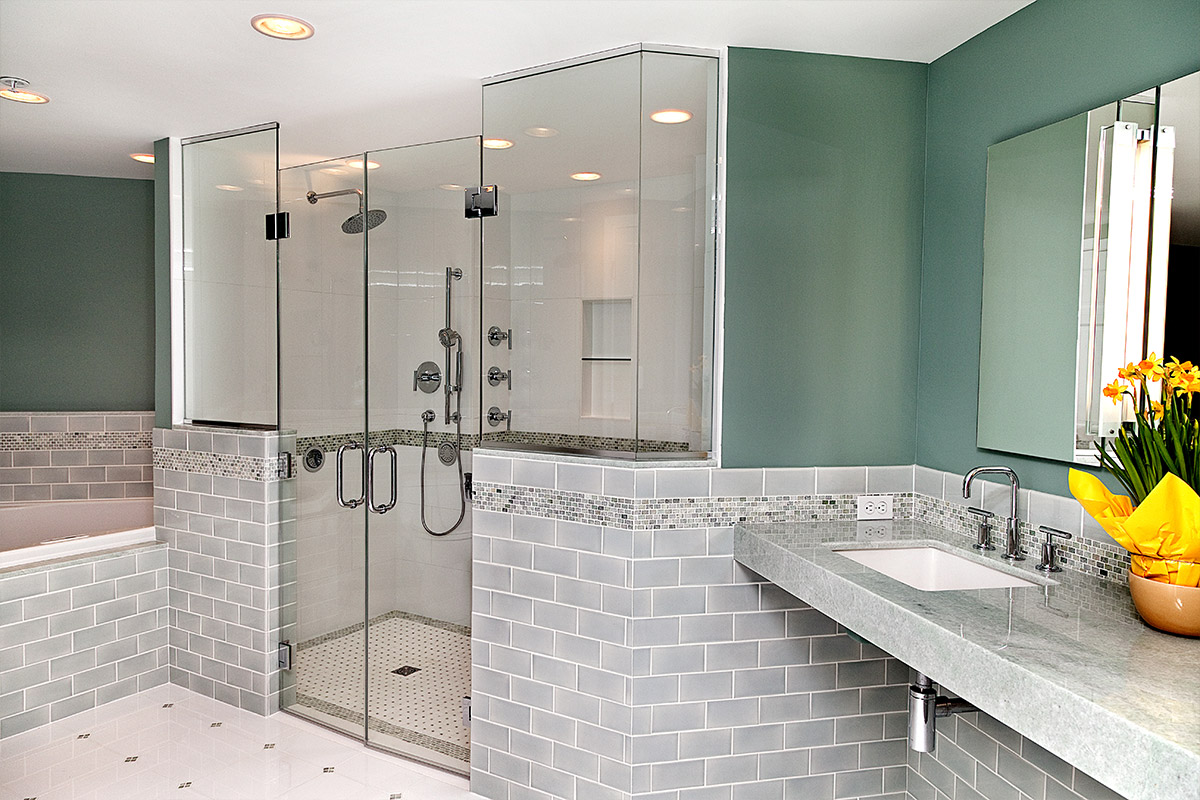To help enhance the safety and comfort of your home here are a few quick and inexpensive things you can do to make it less stressful and more comfortable:
Consider “pathways” in the house. Clear obstacles, and maybe even move furniture that a person usually has to maneuver around. Move any electrical cords where a person might walk – perhaps taping them to a wall or using a hook.
Clear stairs of any objects—shoes, books, and other personal items that tend to collect on the lower treads. Also check that railings on stairs inside and out are secure and make repairs where needed.
Lighting is crucial. Put night lights in bathrooms, the guest bedroom, any hallways, and perhaps in the kitchen. Make sure there is a lamp or light switch within easy reach of beds so that you can keep a light on until safely tucked in. Well-lit outdoor walkways and entrances are also key for coming or going when it is dark.
Be sure the shower has a non-slip floor. To enhance traction, apply non-slip strips or a suction-attached non-slip mat, both readily available at home improvement stores.

Secure or, preferably, remove any throw rugs, including bathroom mats. Edges of rugs can be a tripping hazard, and even a slight scoot can affect a person’s balance. If there are rugs you want to secure rather than remove, non-slip pads can help, but safer still would be to apply double-sided carpet tape or caulk to attach the rug to the floor. If you choose one of these methods, be mindful that you don’t want to mar the floor underneath.
Identify seating in your gathering rooms that is appropriately firm, high in the seat, and preferably has arms to help a person easily sit down and get up. A chair that is too soft or too low to the ground can strand a person awkwardly. If in doubt about the available seating in the room, bring a dining chair with arms into the room as an alternative.
If you are considering other more long-term home modifications for aging in place it is now time to consult a remodeler or contractor.







